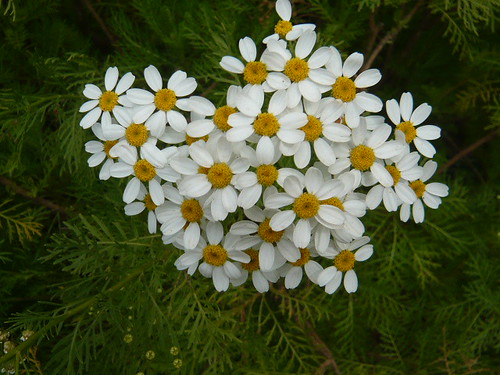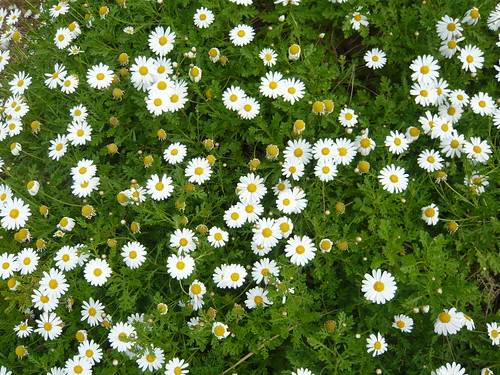Daisy Daisy the Answer is Daisy
Membership of the Compositae or Asteraceae family puts your plants among the 20,000 + species of Daisies. This includes the Marigolds, Centaurea, Chrysanthemums, Sunflowers, Dahlias, Zinnias, and Heleniums, Coreopsis, Helianthus, Heliopsis and Rudbeckia.
Whilst I have only a small number of pages on Daisies you may want to type that word into the search box bottom right and up will come Gazinias, Cosmos, Asters, Mesembryanthemums and many more.
I resolve to use Compositae amongst my tags from now on.
What is this photograph above ? Sorry It was taken on holiday and I am still tracking it’s name down. Below is Tanacetum ferulaceum a Pyrethrum

